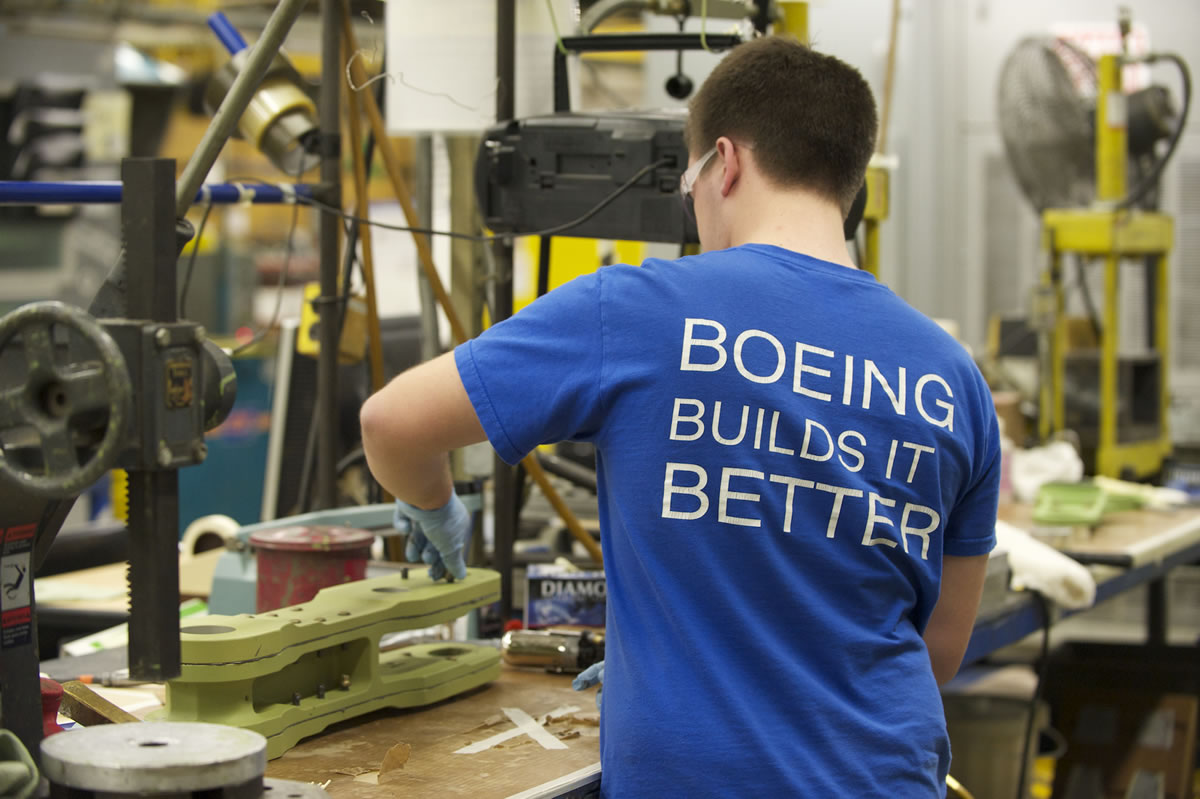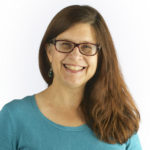• 2.4 million job openings in STEM occupations.
• 1.1 million new STEM positions.
• 1.3 million replacement STEM positions.
Source: Georgetown Center on Education and the Workforce, STEM, Oct. 2011.
• Although Washington ranks fourth nationally in its number of high-tech companies, it ranks 46th in the number of STEM graduates from its universities.
• Of 39 counties in Washington, Clark County ranks fifth in technology-based employment, with 13,709 technology jobs.
• Despite Washington’s nearly 10 percent unemployment rate, at least 12,000 job openings exist in STEM-related fields.
• Currently Washington is graduating students with the credentials to fill only 67 percent of the expected annual job openings in engineering, 56 percent in computer science and 65 percent in the medical professions.
Sources: Washington STEM Center 2010; U.S. Dept. of Commerce; U.S. Census Bureau Nonemployer Statistic, Washington State Employment Security Department




